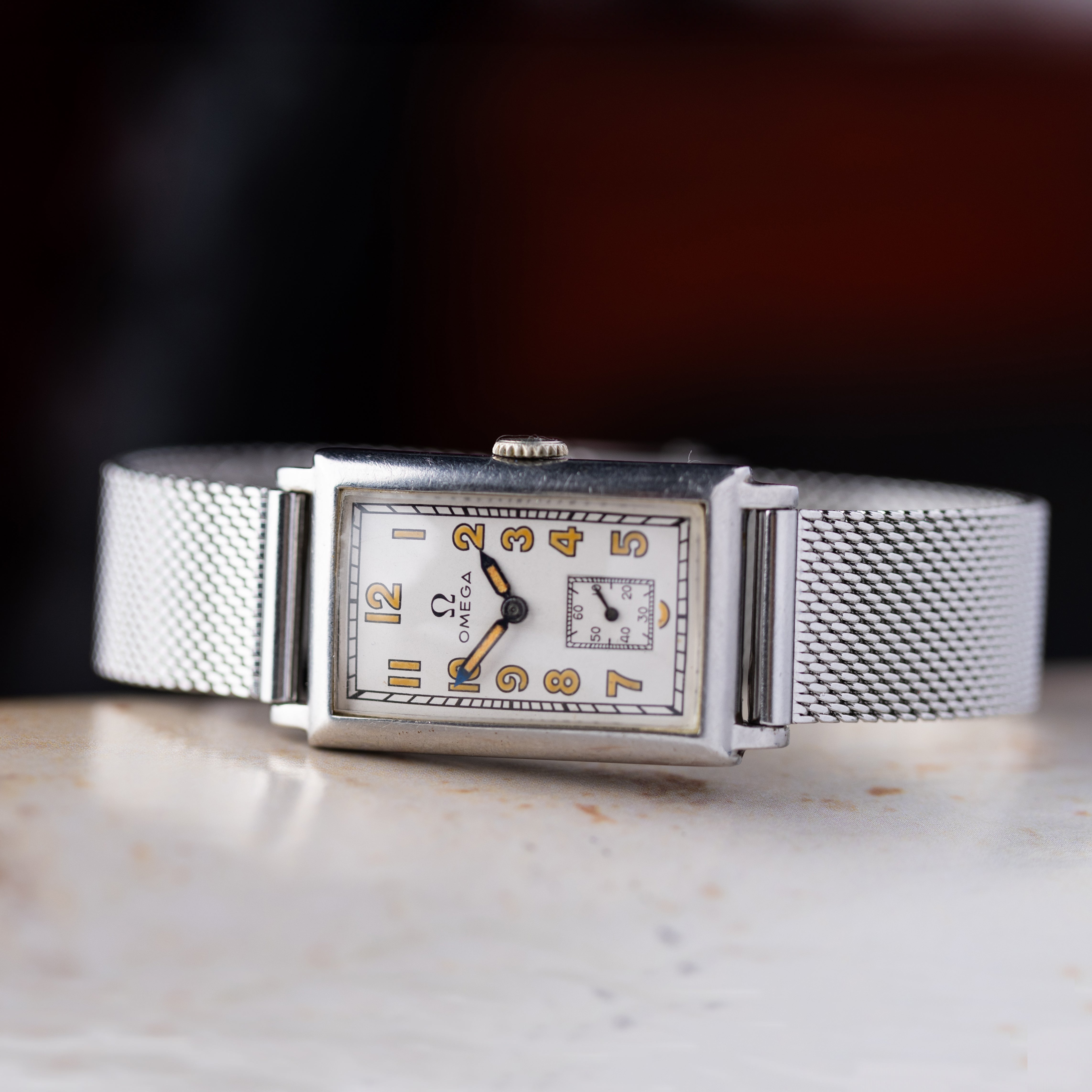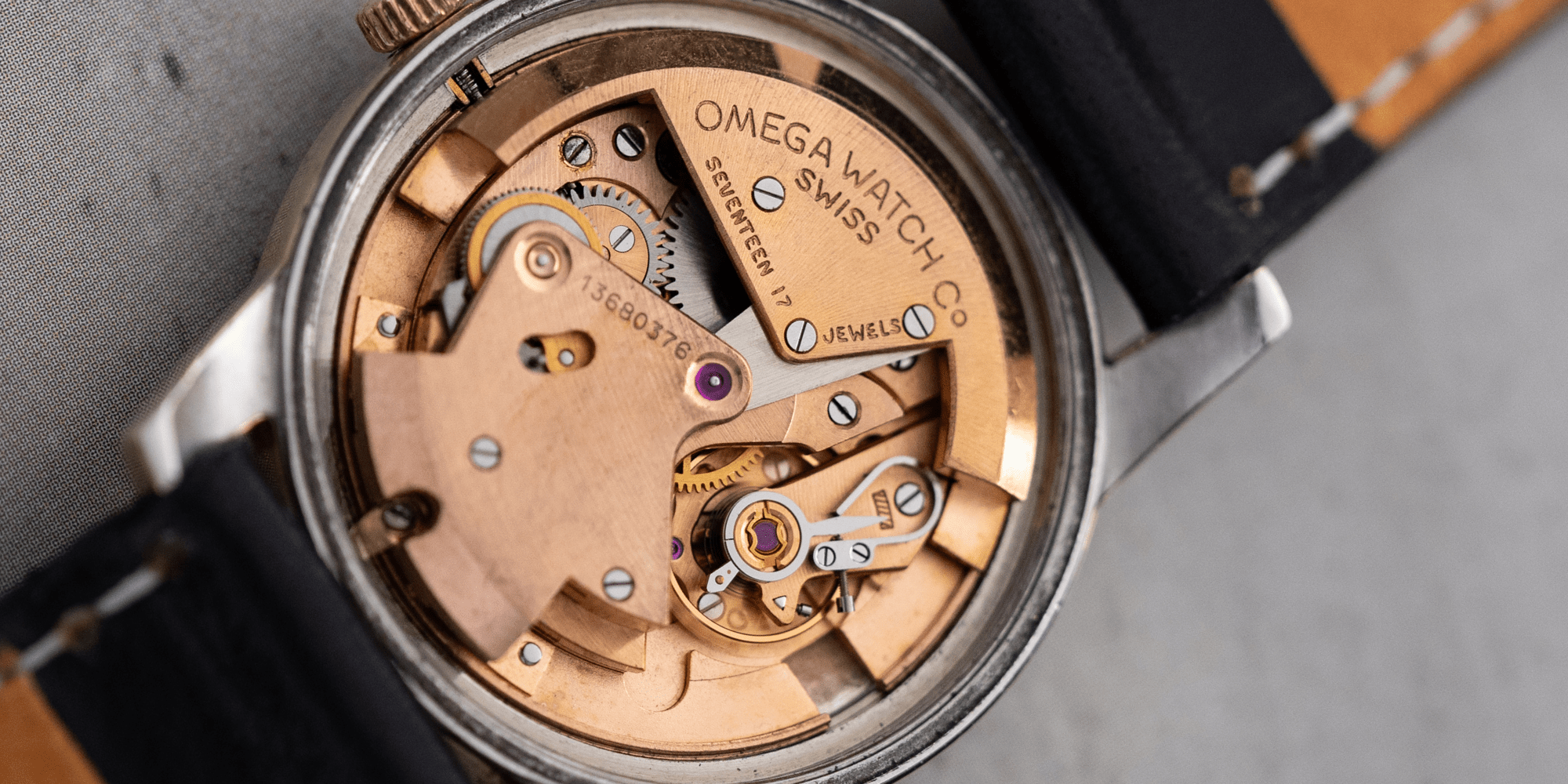Introduction
For vintage watch collectors and enthusiasts, understanding watch movements is essential. The movement—often called the caliber—is the engine of a watch, determining how it keeps time and operates. When buying or collecting vintage watches, knowing the differences between manual, automatic, and quartz movements helps in making informed decisions about maintenance, authenticity, and value.
This guide explores the three primary types of watch movements found in vintage timepieces:
- Manual movements (hand-wound) – The oldest and most traditional type, requiring regular winding.
- Automatic movements (self-winding) – An evolution of mechanical movements that harness kinetic energy.
- Quartz movements (battery-powered) – A technological breakthrough that changed the watch industry.
Whether you're a seasoned collector or new to vintage watches, this article will help you understand how these movements work, their key differences, and which one might be the best fit for you.
1. What is a Mechanical Movement?
A mechanical movement is the traditional type of watch movement that has been used for centuries. These watches function without a battery and rely on a series of gears, springs, and an escapement mechanism to keep time.
How a Mechanical Watch Works
- The mainspring stores energy when wound.
- As the mainspring unwinds, it transfers energy to a series of gears.
- The escapement controls the release of energy in a regulated manner.
- The balance wheel oscillates back and forth, ensuring precise timekeeping.
- The watch hands move as a result of this controlled energy transfer.
Why Collectors Love Mechanical Watches
- Craftsmanship & Tradition – Vintage mechanical watches showcase incredible watchmaking skill.
- No Batteries Required – Unlike quartz watches, they don’t rely on electronic components.
- Smooth, Sweeping Second Hand – Unlike quartz watches, which tick once per second, mechanical watches offer a continuous, elegant motion.
Mechanical watches come in two main types: manual (hand-wound) and automatic (self-winding). Let’s dive into the specifics.
2. What is a Manual Movement? (Hand-Wound Watches)
A manual movement is the oldest and purest form of watchmaking. It requires the wearer to wind the crown regularly to keep the watch running.

Key Features of Manual Movements
- Requires winding – Typically once a day or every few days, depending on power reserve.
- Thinner case design – Lacks a rotor, making manual watches slimmer than automatics.
- Greater connection to the watch – Many enthusiasts enjoy the ritual of winding their watch daily.
Famous Vintage Watches with Manual Movements
- Omega Speedmaster Professional (Caliber 321 & 861) – The Moonwatch used by NASA.
- Patek Philippe Calatrava – A classic dress watch with a legendary hand-wound movement.
- Vintage Rolex Precision – Early Rolex models featured manual-wind movements before automatics took over.
Who Should Choose a Manual Watch?
If you appreciate the heritage, craftsmanship, and daily interaction of winding a watch, a manual-wind vintage watch is a fantastic choice.
3. What is an Automatic Movement? (Self-Winding Watches)
An automatic movement is a mechanical movement with a self-winding mechanism. Instead of requiring daily winding, an automatic watch winds itself using the movement of your wrist.

How an Automatic Watch Works
- A rotor inside the movement rotates when the watch is worn.
- The rotor winds the mainspring, storing energy.
- The energy is transferred through the gear train and escapement, keeping the watch running.
- As long as the watch is worn regularly, it stays wound.
Key Features of Automatic Movements
- No need for daily winding – As long as you wear it, the watch stays powered.
- Heavier and thicker case – Due to the rotor mechanism inside.
- Power reserve varies – Most automatic watches store 24-72 hours of energy when fully wound.
Famous Vintage Watches with Automatic Movements
- Rolex Submariner (Caliber 3135 & earlier calibers) – One of the most iconic automatic dive watches.
- Omega Seamaster (Caliber 565 & 562) – Reliable, classic automatic movements from the 1960s.
- Seiko 6139 Chronograph – One of the first automatic chronographs in history.
Who Should Choose an Automatic Watch?
If you prefer a low-maintenance mechanical watch that doesn’t require daily winding, a vintage automatic watch is the way to go.
4. Manual vs. Automatic: What’s the Difference?
| Feature | Manual Movement | Automatic Movement |
|---|---|---|
| Winding | Needs to be wound by hand | Winds itself using wrist motion |
| Case Size | Thinner (no rotor) | Thicker due to rotor |
| Collector Appeal | Considered more traditional | More convenient for daily wear |
| Power Reserve | Varies, usually 24-48 hours | Usually 24-72 hours, longer in some models |
| Maintenance | Less complex, fewer parts | More complex, requires rotor lubrication |
In short: Manual watches offer a traditional, engaging experience, while automatics are more convenient for everyday use.
5. What is a Quartz Movement? (Battery-Powered Watches)
Unlike mechanical watches, quartz watches use a battery and electronic circuit to keep time. Quartz technology revolutionized the watch industry in the 1970s and led to the Quartz Crisis, which threatened traditional Swiss watchmaking.
How a Quartz Watch Works
- A battery sends an electric current to a quartz crystal.
- The crystal oscillates at 32,768 times per second, creating a precise frequency.
- This vibration regulates the movement of the watch hands.
Key Features of Quartz Watches
- Highly accurate – Quartz watches only lose a few seconds per month.
- Low maintenance – No winding required, just occasional battery replacement.
- More affordable – Typically cheaper to produce than mechanical watches.
Famous Vintage Quartz Watches
- Seiko Astron (1969) – The world’s first quartz wristwatch.
- Omega Megaquartz 2400 (1970s) – A high-accuracy quartz movement from Omega.
- Rolex Oysterquartz (1977-2001) – Rolex’s rare experiment with quartz movements.
Who Should Choose a Quartz Watch?
If you want a vintage watch with extreme accuracy and minimal maintenance, a quartz movement is a solid choice. However, for many collectors, mechanical watches hold greater historical and emotional value.
Conclusion: Which Vintage Watch Movement is Right for You?
Choosing between manual, automatic, and quartz depends on your personal preference:
- Choose a manual watch if you appreciate traditional craftsmanship and daily interaction with your timepiece.
- Choose an automatic watch if you want a mechanical watch with added convenience.
- Choose a quartz watch if you prefer accuracy and low maintenance over traditional mechanics.
Each movement type has its own historical significance, charm, and appeal—which makes collecting vintage watches so exciting!


